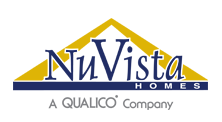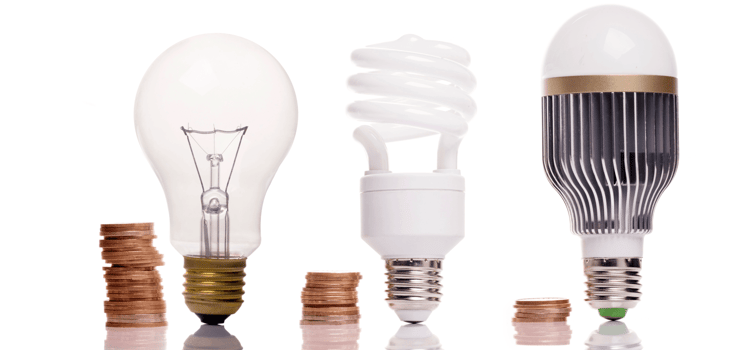 One way to define an eco-friendly home is a dwelling that blends harmoniously with the natural environment surrounding it, as opposed to polluting it and depleting its resources like many houses do.
One way to define an eco-friendly home is a dwelling that blends harmoniously with the natural environment surrounding it, as opposed to polluting it and depleting its resources like many houses do.
This type of structure harnesses as much power as possible from nature without depending exclusively on electrical energy or gasoline-fueled generators, which are expensive and not particularly beneficial to the environment.
Listed below are some of the most common components to consider when making energy-efficient home improvements or to incorporate into your new home build to make it more environmentally friendly.
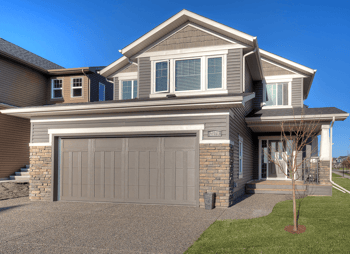 1. Energy-Efficient Orientation
1. Energy-Efficient Orientation
The orientation of a home and its features can affect how much it depends on artificial heating, which makes up the bulk of most electric bills. Truly energy-efficient homes tap into nature's energy source as much as possible. For example, windows facing south make the most of passive solar heating and the use of overhangs for shading keep the house cool in the summer. This can reduce artificial heating and cooling costs by up to 85% for free!
2. "Green" Building Materials
The building blocks of a green home are the raw materials that form and insulate it. Organic building materials that are biodegradable, free of toxic chemical residues and/or recycled from used wood, glass, metal or plastic products are considered "eco-friendly."
These materials emit fewer harmful gases during decomposition and save tremendously on building costs to boot. Insulation made from vegetable cellulose, soy-based paint, and corn-sourced carpeting are just a few natural construction materials that have recently been making headway.
3. Wind Power Systems
For property owners who are serious about living "off the grid," wind turbines are viable energy sources for their homes. These machines convert natural wind energy into pure power that doesn't emit potentially harmful fumes or radiation.
Steadily growing in popularity, wind turbines allow homeowners to power their dwellings at a fraction of conventional heating costs and protect the environment at the same time.
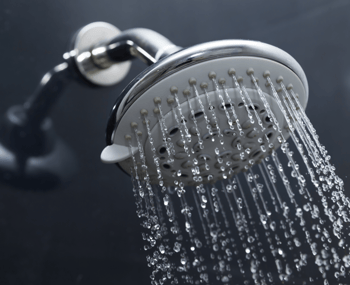 4. Low-Pressure Water Fixtures
4. Low-Pressure Water Fixtures
The Water Utility Bylaw in Calgary now requires all new homes to have energy-saving low water use fixtures, so you shouldn't even need to request that your builder specifically include them.
Quality low-pressure or "low-flow" fixtures like toilets, sink faucets, and showerheads perform just as well as old-school fixtures, and at much lower operating costs. The technologies used by different fixture manufacturers vary, but most fixtures in the current market provide comparable results, although new and improved varieties are currently being designed that may offer superior results.
5. High-Efficiency Lighting
The Government of Canada has actually been working to phase out traditional incandescent light bulbs for years now, in efforts to reduce energy usage and greenhouse gas emissions. More energy-efficient alternatives include halogen bulbs, which use about 28% less energy, or compact fluorescent bulbs (CFLs) and light-emitting diodes (LEDs), which out-perform incandescents by a landslide.
CFLs offer significant energy savings using up to 75% less energy than incandescents and lasting eight times longer (or more). CFLs are miniaturized types of fluorescents that are installed just like incandescent bulbs and emit a similar type of light, unlike the harsh fluorescent lights found in most schools and warehouses.
LED bulbs are even more efficient, using even less energy than CFLs and lasting approximately 25 times longer than standard incandescent variety. LEDs use a scant two to 17 watts of electricity, which is anywhere from three to 30 times less than CFLs and incandescents. As a result, they generate less heat and therefore are particularly desirable during the hot summer months.
6. Geothermal Heating and Cooling
An average of 63% of Alberta homeowners' utility costs goes towards space heating. This is a big chunk of your budget!
While solar panels are fantastic for harvesting natural heat, geothermal systems are increasing in popularity due to their ability to both heat and cool homes. In the winter they absorb solar heat from the ground and redirect it into the home, while in the summer they soak up excess interior heat and route it into a subterranean loop. From here it is pumped into the cooler soil and transformed into water that then recirculates into the home as cool, dry air.
7. Solar Panels
Solar panels are often the first things many people think of when they hear the term "eco-friendly home." Created to harvest and store thermal energy in frigid climates, these systems are comprised of premade silicon or telluride panels that are glazed and mounted on the outside of homes.
The slats are usually angled or shaded by an overhang to divert the hot summer sun, while they capture the winter sun's natural heat and route it into an internal storage cavity, where it is slowly distributed into the home throughout the night.
8. Energy-Saving Appliances
Major appliances like washers, dryers, ovens, and refrigerators are some the biggest energy guzzlers, so it pays to only install those that have been designated as energy-efficient. Check the tags or specifications on appliances to determine how much power they consume, keeping an eye out for machines that have been certified by ENERGY STAR.
In the end, a truly "green" home is one that gives homeowners the best of two worlds – helping them save money while protecting the environment. The elements listed here represent the most popular and effective means of optimizing an eco-friendly home.
It feels good to own a home that keeps you comfortable all throughout the year, knowing all the while that your environment – and your pocketbook – will thank you in the long run. Ask your builder what types of energy-efficient features they offer!
